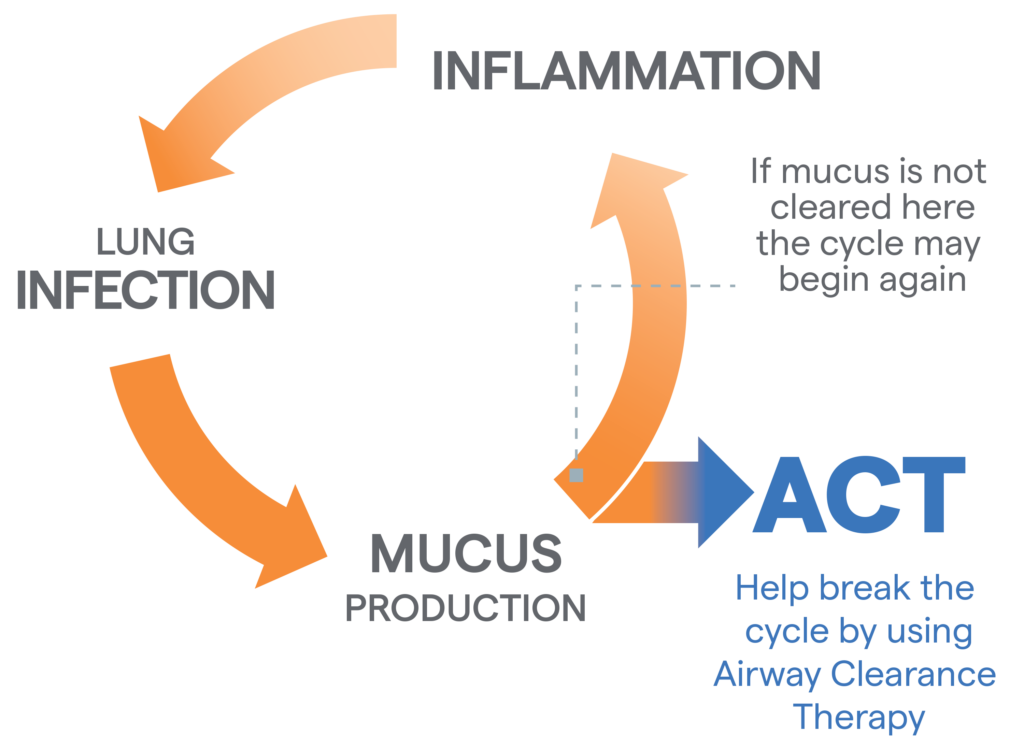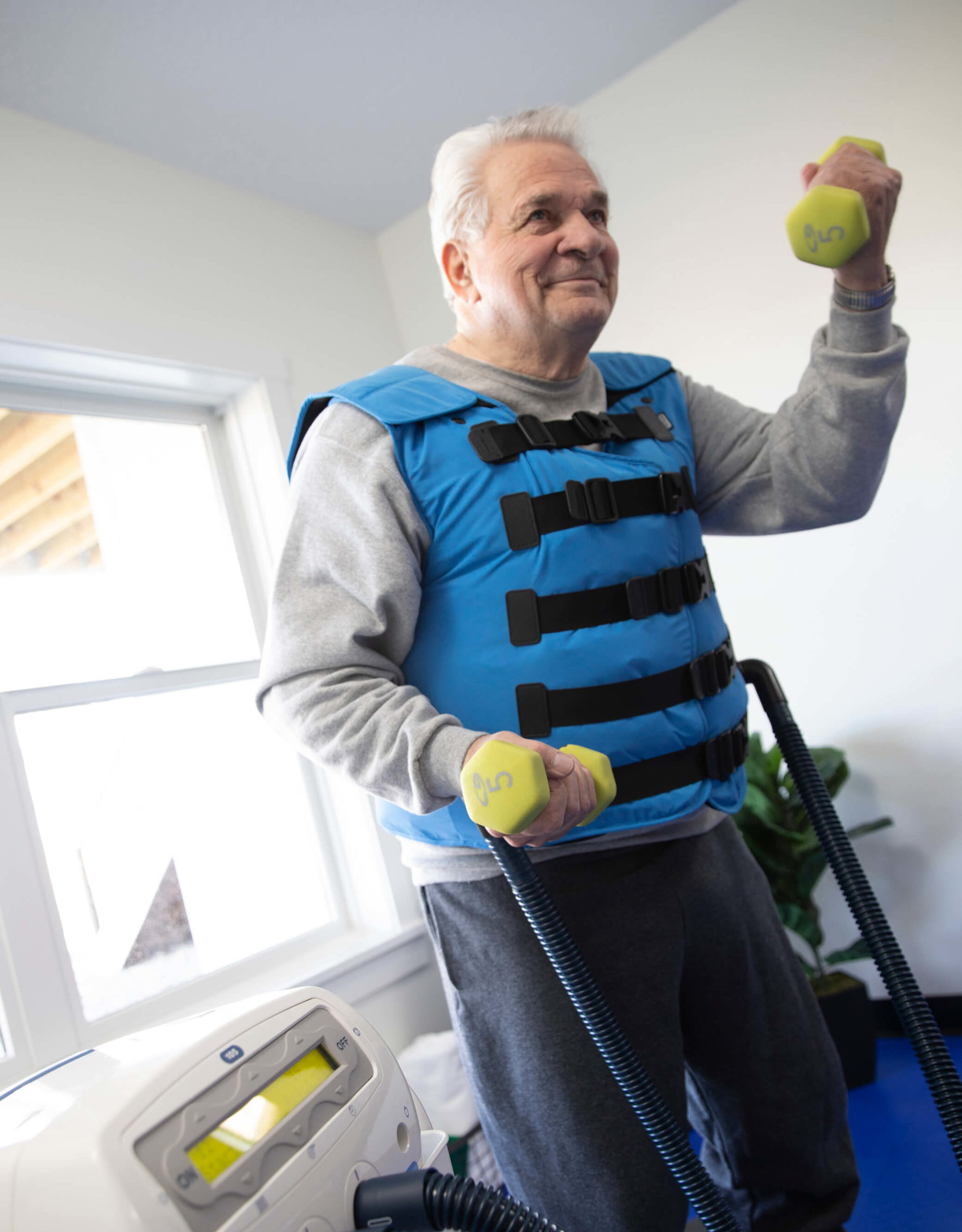References
- Basavaraj, M. DeKoven, D. Shah, et al. Impact of High Frequency Chest Wall Oscillation on Clinical Outcomes and Healthcare Resource Utilization in Adult Patients with Non-Cystic Fibrosis Bronchiectasis in the United States: A Pre-Post Cohort Analysis. American Journal of Respiratory and Critical Care Medicine 2020;201:A7758.
- Sievert, CE et al. 2018. Incidence of Bronchiectasis-Related Exacerbation Rates After High Frequency Chest Wall Oscillation (HFCWO) Treatment – A Longitudinal Outcome-Based Study. Respiratory Therapy, 13(2), 38-41.
- Nicolini A, Cardini F, Landucci N, et al. Effectiveness of treatment with high-frequency chest wall oscillation in patients in patients with bronchiectasis. BMC Pulm Med 2013: Apr 4;13:21. doi: 10.1186/1471-2466-13-21.
© 2021 Hill-Rom Services PTE Ltd. ALL RIGHTS RESERVED.
APR180801 rev 1 14-JAN-2021 ENG—US










